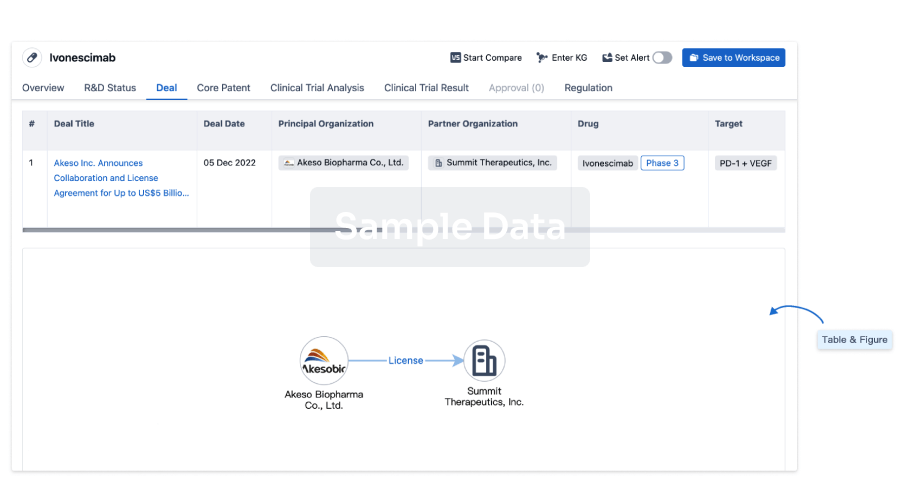Request Demo
Last update 18 Dec 2025
Neridronate Sodium
Last update 18 Dec 2025
Overview
Basic Info
Drug Type Small molecule drug |
Synonyms AHBP, AHDP, AHHexBP + [7] |
Target |
Action inhibitors |
Mechanism Bone resorption factor inhibitors |
Therapeutic Areas |
Inactive Indication- |
Originator Organization |
Active Organization |
Inactive Organization- |
License Organization- |
Drug Highest PhaseApproved |
First Approval Date Italy (01 Jan 2002), |
RegulationBreakthrough Therapy (United States), Fast Track (United States), Orphan Drug (United States) |
Login to view timeline
Structure/Sequence
Molecular FormulaC6H17NNaO7P2 |
InChIKeyQFABQPWMXJMQES-UHFFFAOYSA-N |
CAS Registry80729-79-9 |
External Link
| KEGG | Wiki | ATC | Drug Bank |
|---|---|---|---|
| - | Neridronate Sodium |
R&D Status
Approved
10 top approved records. to view more data
Login
| Indication | Country/Location | Organization | Date |
|---|---|---|---|
| Osteitis Deformans | Italy | 01 Jan 2002 | |
| Osteogenesis Imperfecta | Italy | 01 Jan 2002 |
Developing
10 top R&D records. to view more data
Login
| Indication | Highest Phase | Country/Location | Organization | Date |
|---|---|---|---|---|
| Reflex Sympathetic Dystrophy | Phase 3 | - | 01 Mar 2026 |
Login to view more data
Clinical Result
Clinical Result
Indication
Phase
Evaluation
View All Results
Not Applicable | - | iibgeuwfxr(dcgkfadrgz) = reported in 47.3% of patients younger than 20 years and in 22.8% of those older than 20 years fdtfbvvxmq (bqdlfuqyzj ) View more | Positive | 14 Jun 2017 |
Login to view more data
Translational Medicine
Boost your research with our translational medicine data.
login
or

Deal
Boost your decision using our deal data.
login
or

Core Patent
Boost your research with our Core Patent data.
login
or

Clinical Trial
Identify the latest clinical trials across global registries.
login
or

Approval
Accelerate your research with the latest regulatory approval information.
login
or

Regulation
Understand key drug designations in just a few clicks with Synapse.
login
or

AI Agents Built for Biopharma Breakthroughs
Accelerate discovery. Empower decisions. Transform outcomes.
Get started for free today!
Accelerate Strategic R&D decision making with Synapse, PatSnap’s AI-powered Connected Innovation Intelligence Platform Built for Life Sciences Professionals.
Start your data trial now!
Synapse data is also accessible to external entities via APIs or data packages. Empower better decisions with the latest in pharmaceutical intelligence.
Bio
Bio Sequences Search & Analysis
Sign up for free
Chemical
Chemical Structures Search & Analysis
Sign up for free


